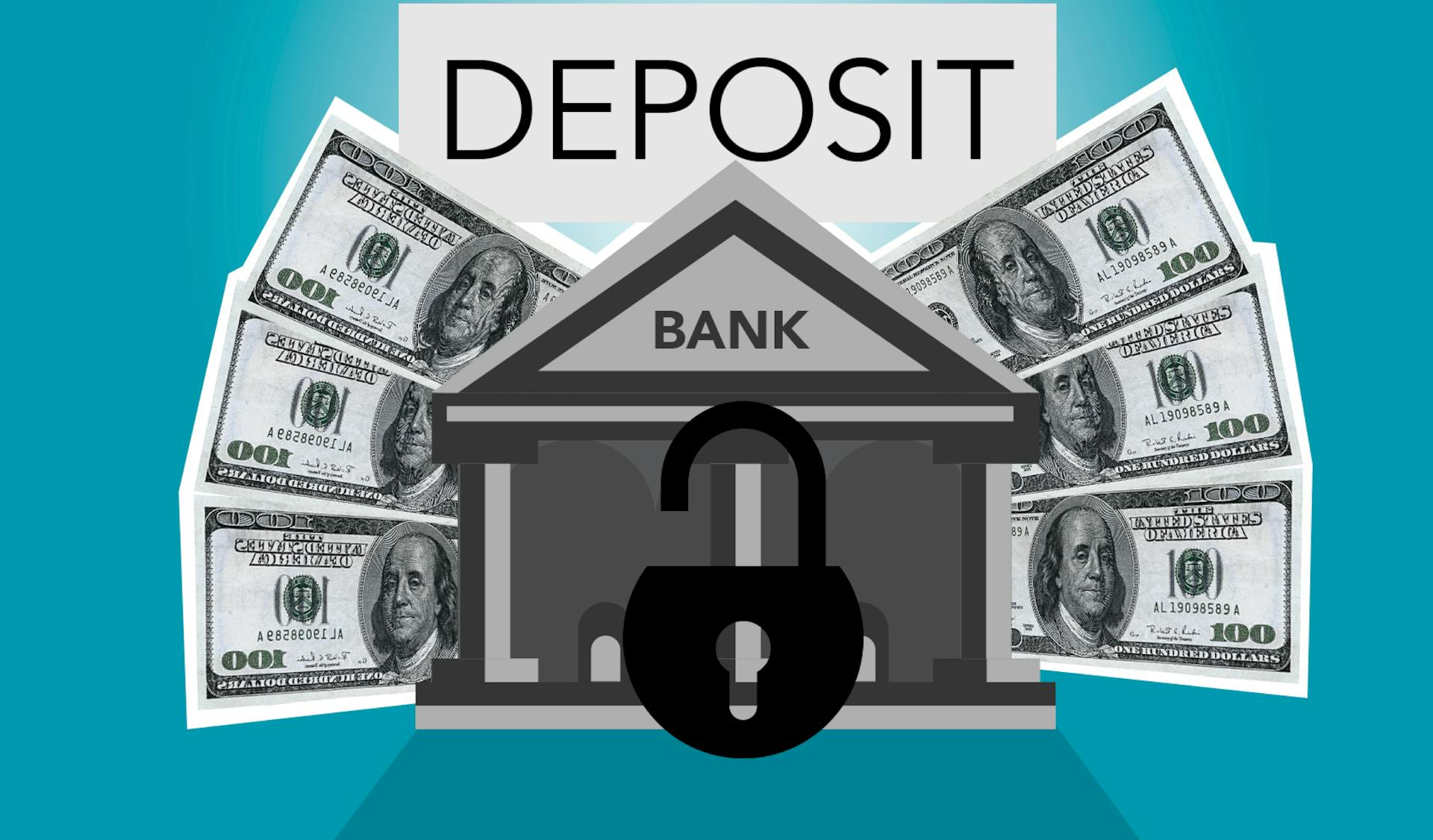
In the UK, you might be surprised to know that you don't always need a deposit to remortgage. This is because some mortgage lenders offer deal retention schemes, which allow you to remortgage without paying a deposit.
For example, if you're currently on a fixed-rate mortgage deal with a lender, you may be able to remortgage to a new deal without paying a deposit, as long as you meet the lender's criteria.
However, this isn't always the case, and some lenders may require a deposit to remortgage. It's essential to check your mortgage terms and conditions to see if you're eligible for a deposit-free remortgage.
Remortgaging Explained
A remortgage is the process of taking out a new mortgage on the property you already own, either to replace your current mortgage or to borrow money against your property.
In most cases, you won't need to put down a deposit to take out a remortgage, as the focus is on the equity in your property. Equity is the difference between the value of the property and the amount left on your mortgage balance.
For example, if your property is worth £100,000 and you borrowed £90,000, you'll have £10,000 equity in your property, assuming you put down a 10% deposit when you purchased the property.
You can use this equity to secure a new mortgage, without needing to find a deposit. Remortgaging primarily involves the equity you've built up in your current property, making it a convenient option for many homeowners.
A remortgage can be an excellent way to save money on your mortgage or make other changes to an existing arrangement. You may be able to get a better interest rate, borrow more money, access additional funds from your home's equity, or switch from a variable rate mortgage to a fixed rate mortgage.
Why People Remortgage?
People remortgage for various reasons, but one of the main motivations is to save money. As your fixed mortgage period ends, you'll automatically move to your lender's standard variable rate, which is often higher than your previous fixed rate, resulting in increased monthly payments.
Discover more: Fixed Deposit
Many individuals also remortgage to raise capital. This can be a useful means of accessing funds, especially if you need to cover unexpected expenses or make significant purchases.
Some people remortgage to secure a better interest rate, which can lead to lower monthly mortgage payments. This can be a great option if you're looking to reduce your financial burden.
You can also remortgage to change your mortgage type to suit your evolving financial needs. This might involve switching from a fixed-rate to a variable-rate mortgage, or vice versa.
Here are some possible reasons why people choose to remortgage:
- To save money on monthly mortgage repayments
- To raise capital
- To secure a better interest rate
- To change their mortgage type to suit their financial needs
Remortgaging Process
To remortgage, you'll need to go through a process that involves switching your existing mortgage to a new lender or renegotiating your terms with your current lender. This process can be complex, but it's a great way to secure a better interest rate or release equity from your home.
Typically, people consider remortgaging to secure a better interest rate, which can save them money on their monthly mortgage payments. This is a common reason for remortgaging, and it's a great way to make your mortgage more manageable.
You'll need to decide whether to stick with your current lender or switch to a new one. This decision will depend on the terms and conditions offered by the new lender, as well as any fees associated with switching.
How Remortgages Work?
A remortgage is simply taking out a new mortgage and replacing the old one, which can help you save money on your mortgage or make other changes to an existing arrangement.
You can use a remortgage to get a better interest rate, borrow more money, access additional funds from your home's equity, switch from a variable rate mortgage to a fixed rate mortgage, or even change who's on the mortgage.
Even if your mortgage has a term of 30 years or more, you don't need to commit that long – you have options.
You must find the best product for your needs and make sure that any switching costs do not outweigh any savings that you make.
The first step is establishing how much money you need and how long it needs to last, which will help determine which type of loan will suit your needs best – either a standard variable rate (SVR) mortgage or a fixed-rate mortgage.
A fixed-rate mortgage keeps the interest rates consistent throughout the product term, while an SVR comes with fluctuating rates over the course of its repayment period.
You can shop around between different lenders until you find the most suitable deal for your circumstances, which could include finding better rates than what's currently being offered by your current lender.
Additional chargeable fees such as early redemption penalties should also be taken into consideration before making any commitments.
Once all the paperwork has been completed and approved by the lender, your new mortgage is used to pay off the current one.
A product transfer mortgage is the act of moving from your existing mortgage deal to a new one, with the same lender, which can be a simpler and quicker process than a remortgage.
When to Remortgage?
So, you're wondering when to remortgage? It's a good idea to start thinking about it three to six months before your initial fixed or tracker rate is due to expire. This allows you to explore all available options and get a better understanding of the current market.
The application process typically takes between four and eight weeks, so getting your research done early can save you time and money. It's also a good idea to contact your remortgage advisor no later than three months before your deal ends.
Here's a rough timeline to keep in mind:
By following this timeline, you can make the most of the remortgaging opportunity and avoid any last-minute stress.
Remortgaging for Additional Properties
Remortgaging for Additional Properties is a great way to release equity from your current home to fund the deposit for a new property. You can use this option to buy a second home or an investment property, such as a buy to let property.
A mortgage lender will typically allow you to release equity to fund the deposit for a second home, especially if it's for a legitimate reason like a home away from home for long distance commuters or a family holiday home. You can also use remortgaging to release equity for a commercial property that you'll use for a business.
Expand your knowledge: Remortgage for Home Improvements
The Financial Conduct Authority doesn't regulate some types of buy to let or commercial mortgages, so be sure to check the lender's criteria before applying. You can remortgage to release equity as a means of funding the deposit for any of these additional property purchases.
In the case of a buy to let property, the lender will stress-test the projected rental income against the mortgage. Oftentimes, the income you generate from having a tenant will cover the mortgage costs. This can be a fruitful industry, with many rewards depending on your short-term or long-term plans.
You can choose between an interest-only mortgage or a repayment mortgage for a buy to let property. An interest-only mortgage allows you to maximise your profits in the short-term, but you'll have to pay back the capital at the end of your term. A repayment mortgage, on the other hand, means you won't have a lump sum to pay off at the end, but you'll own the property outright once your term has ended.
Frequently Asked Questions
How much deposit do you need for a remortgage?
For a remortgage, you typically don't need a deposit, but be aware of arrangement fees and booking fees that may apply. These costs can add up, so it's essential to factor them into your calculations.
Sources
- https://ukmoneyman.com/what-is-a-remortgage/
- https://ukmoneyman.com/do-you-need-a-deposit-to-remortgage/
- https://www.drakemortgages.co.uk/knowledge-articles/need-deposit-to-remortgage/
- https://manchestermoneyman.com/do-you-need-a-deposit-to-remortgage-in-manchester/
- https://hullmoneyman.com/do-you-need-a-deposit-to-remortgage-in-hull/
Featured Images: pexels.com


